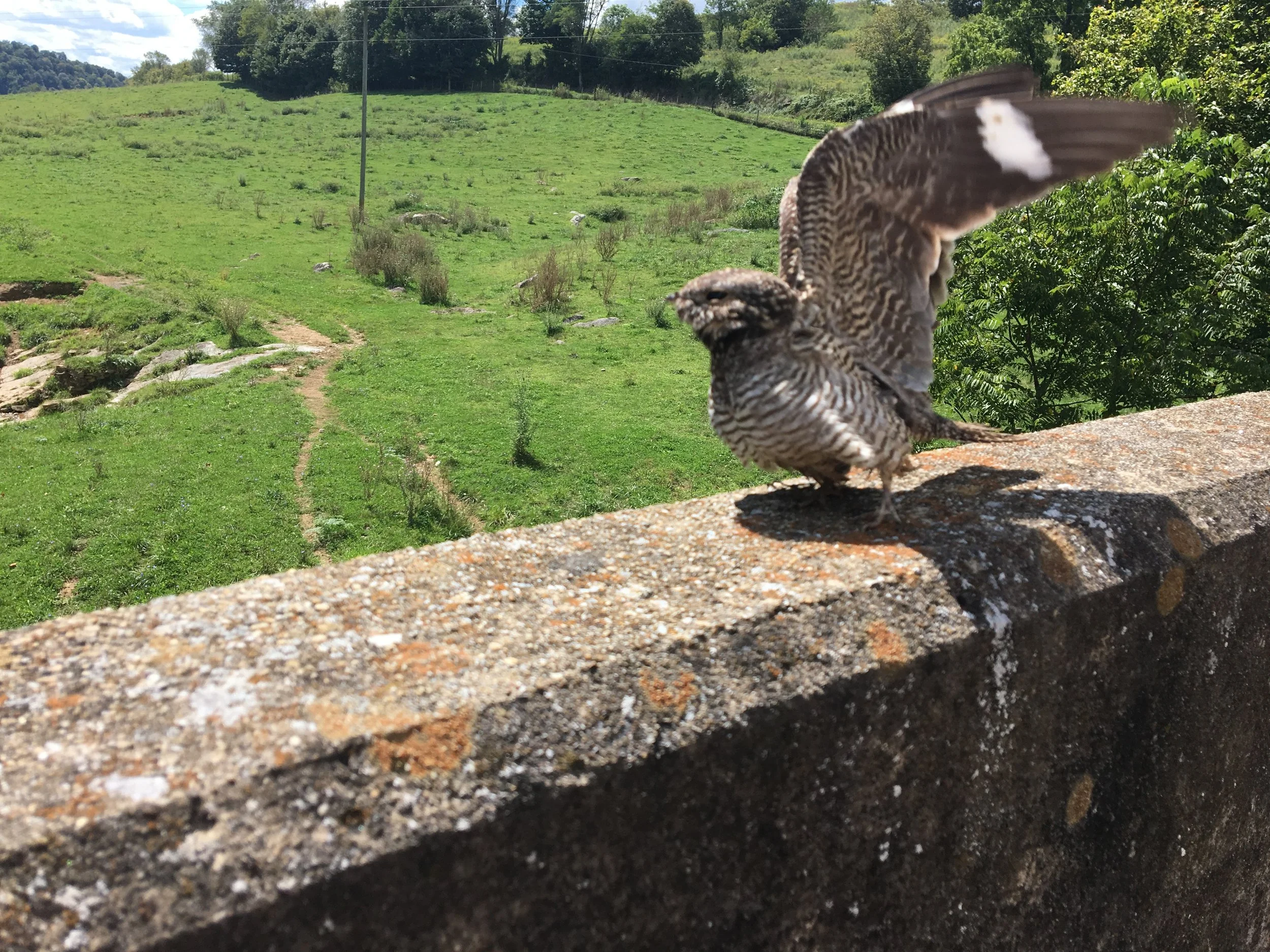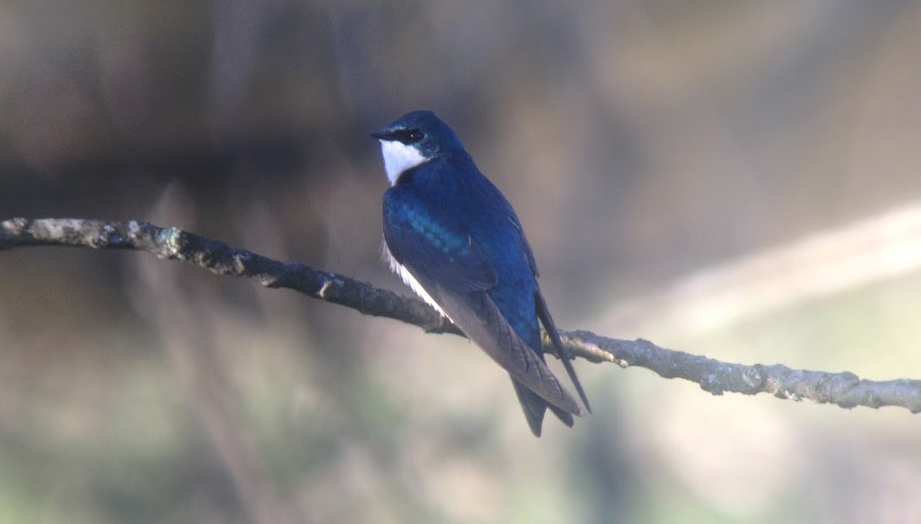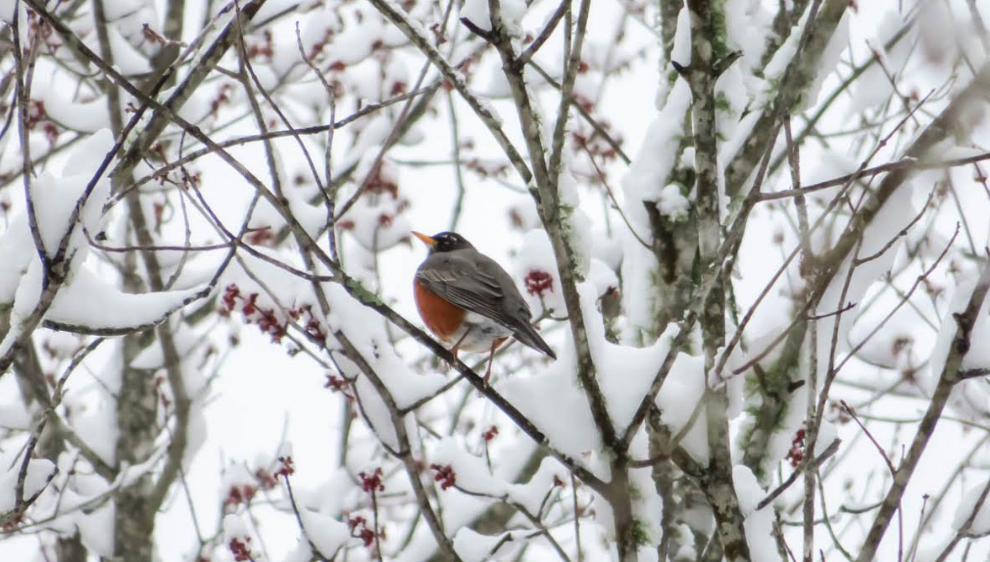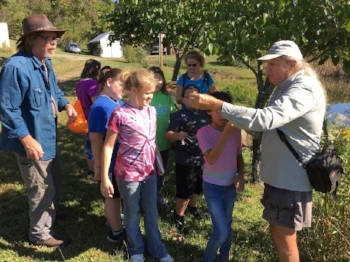

It's Hummingbird Migration Season!
We are about one week away from the official start of Fall, which means it is time for hummingbird migration!

Goatsuckers
Inappropriately named, nighthawks are not as nocturnal as once thought nor are they related to hawks.

Birds... Neighbors? Tenants? Friends?
Imagine for a moment, if a friend of yours traveled 2,500 miles by his own power with just the clothes on his back, across mountains, seas, rivers, through storms, dodging danger day in and day out, just to come to your doorstep. What kind of reception would you give him when he arrived after such a journey?


Monarch and Milkweed
This month, we shared the life cycle, habitat requirements, and the migration of the Monarch butterfly.

Galax Middle School Explores Dunson Farm
On Saturday, September 24th, an enthusiastic group of Galax Middle School students visited Bill and Margaret Dunson’s Baywood farm just a few miles west of Galax. The Dunsons bought this farm with the intention of converting it from agricultural use to a wildlife resource, with improving bird habitat as the guiding principle. They have returned fields to a more natural sequence of seasonal grasses and wildflowers with an emphasis on native plants. A series of small ponds dot the landscape, some with fish and some without, to demonstrate the impact fish have on various aquatic insects and to illustrate the contrasts.

Galax After School Enrichment Kick-off!
Galax Middle School opened its doors to students and their families for the After School Enrichment Program kick-off dinner.